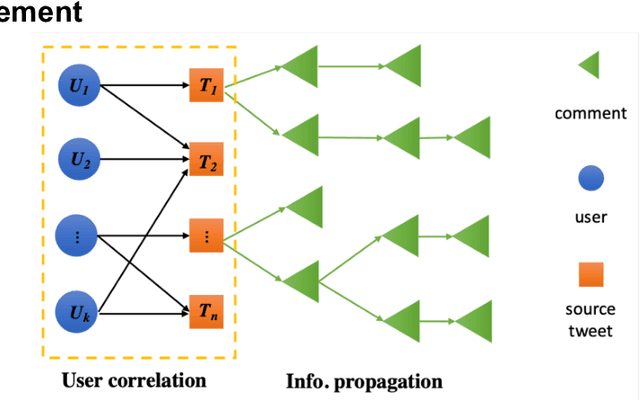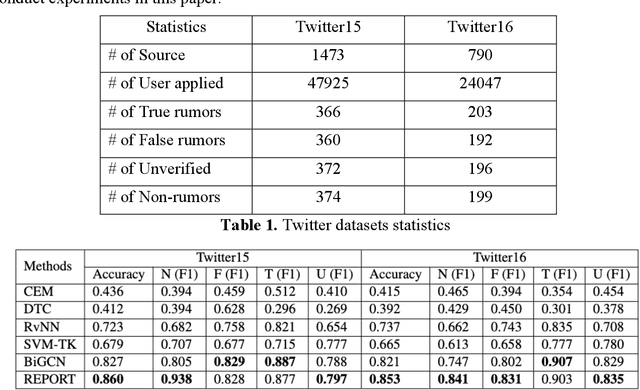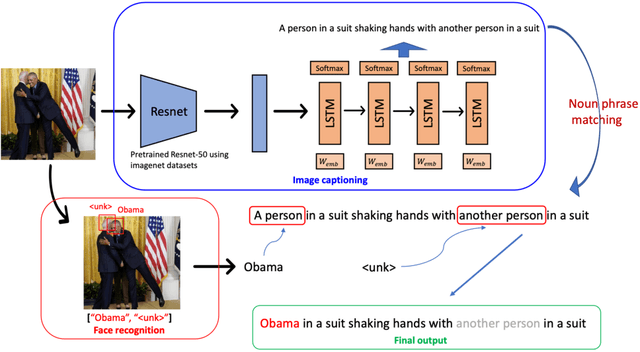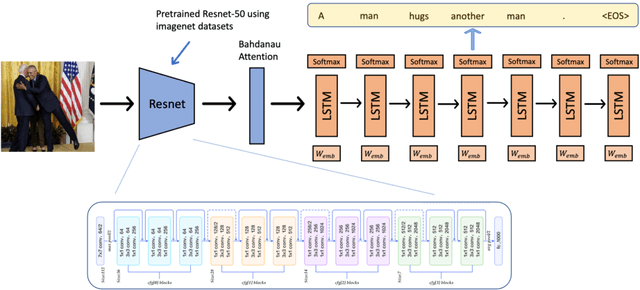Tsungwei Yang
Rumor Detection with a novel graph neural network approach
Apr 02, 2024


Abstract:The wide spread of rumors on social media has caused a negative impact on people's daily life, leading to potential panic, fear, and mental health problems for the public. How to debunk rumors as early as possible remains a challenging problem. Existing studies mainly leverage information propagation structure to detect rumors, while very few works focus on correlation among users that they may coordinate to spread rumors in order to gain large popularity. In this paper, we propose a new detection model, that jointly learns both the representations of user correlation and information propagation to detect rumors on social media. Specifically, we leverage graph neural networks to learn the representations of user correlation from a bipartite graph that describes the correlations between users and source tweets, and the representations of information propagation with a tree structure. Then we combine the learned representations from these two modules to classify the rumors. Since malicious users intend to subvert our model after deployment, we further develop a greedy attack scheme to analyze the cost of three adversarial attacks: graph attack, comment attack, and joint attack. Evaluation results on two public datasets illustrate that the proposed MODEL outperforms the state-of-the-art rumor detection models. We also demonstrate our method performs well for early rumor detection. Moreover, the proposed detection method is more robust to adversarial attacks compared to the best existing method. Importantly, we show that it requires a high cost for attackers to subvert user correlation pattern, demonstrating the importance of considering user correlation for rumor detection.
Image Captioning in news report scenario
Apr 02, 2024



Abstract:Image captioning strives to generate pertinent captions for specified images, situating itself at the crossroads of Computer Vision (CV) and Natural Language Processing (NLP). This endeavor is of paramount importance with far-reaching applications in recommendation systems, news outlets, social media, and beyond. Particularly within the realm of news reporting, captions are expected to encompass detailed information, such as the identities of celebrities captured in the images. However, much of the existing body of work primarily centers around understanding scenes and actions. In this paper, we explore the realm of image captioning specifically tailored for celebrity photographs, illustrating its broad potential for enhancing news industry practices. This exploration aims to augment automated news content generation, thereby facilitating a more nuanced dissemination of information. Our endeavor shows a broader horizon, enriching the narrative in news reporting through a more intuitive image captioning framework.
 Add to Chrome
Add to Chrome Add to Firefox
Add to Firefox Add to Edge
Add to Edge